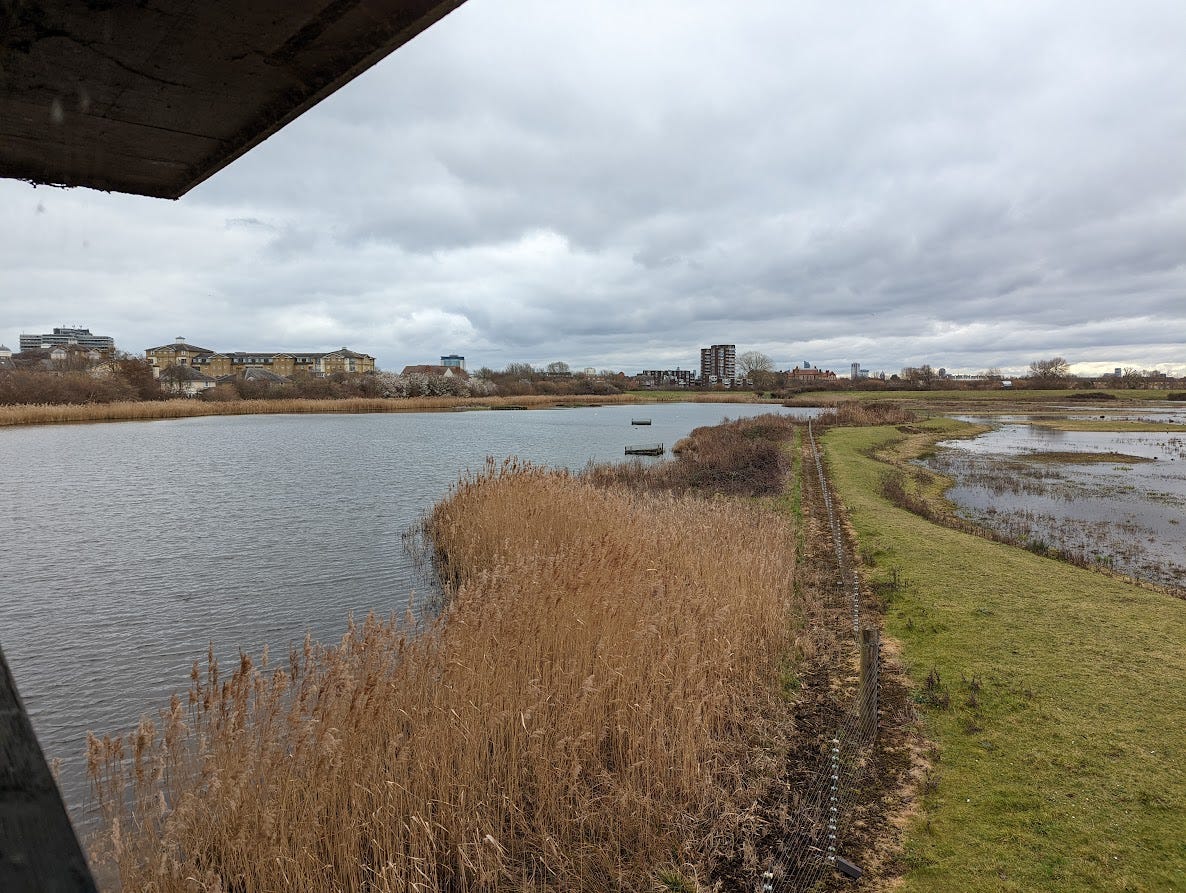Urban Rewilding: WWT Wetlands in Barnes Part 1
London's premier wildlife sanctuary most certainly lives up to its billing. Join us as we explore the reclaimed and heavily populated WWT Wetlands.
The WWT London Wetland Centre may be one of the most striking visuals and views I have encountered on my many trips to urban rewilding projects reporting for LettsSafari +. Peering out of a specially constructed viewing building, across landscapes intentionally impossible to access for the public, seeing wetlands, marsh, reeds and birds stretch out before me, before finally getting the intermittent visions of city life in the skyline was something like a surreal moment. And the trek through the tour-able sections of WWT London Wetland project really brought the experience of the wetlands up close. A sense that this is a really important place.




